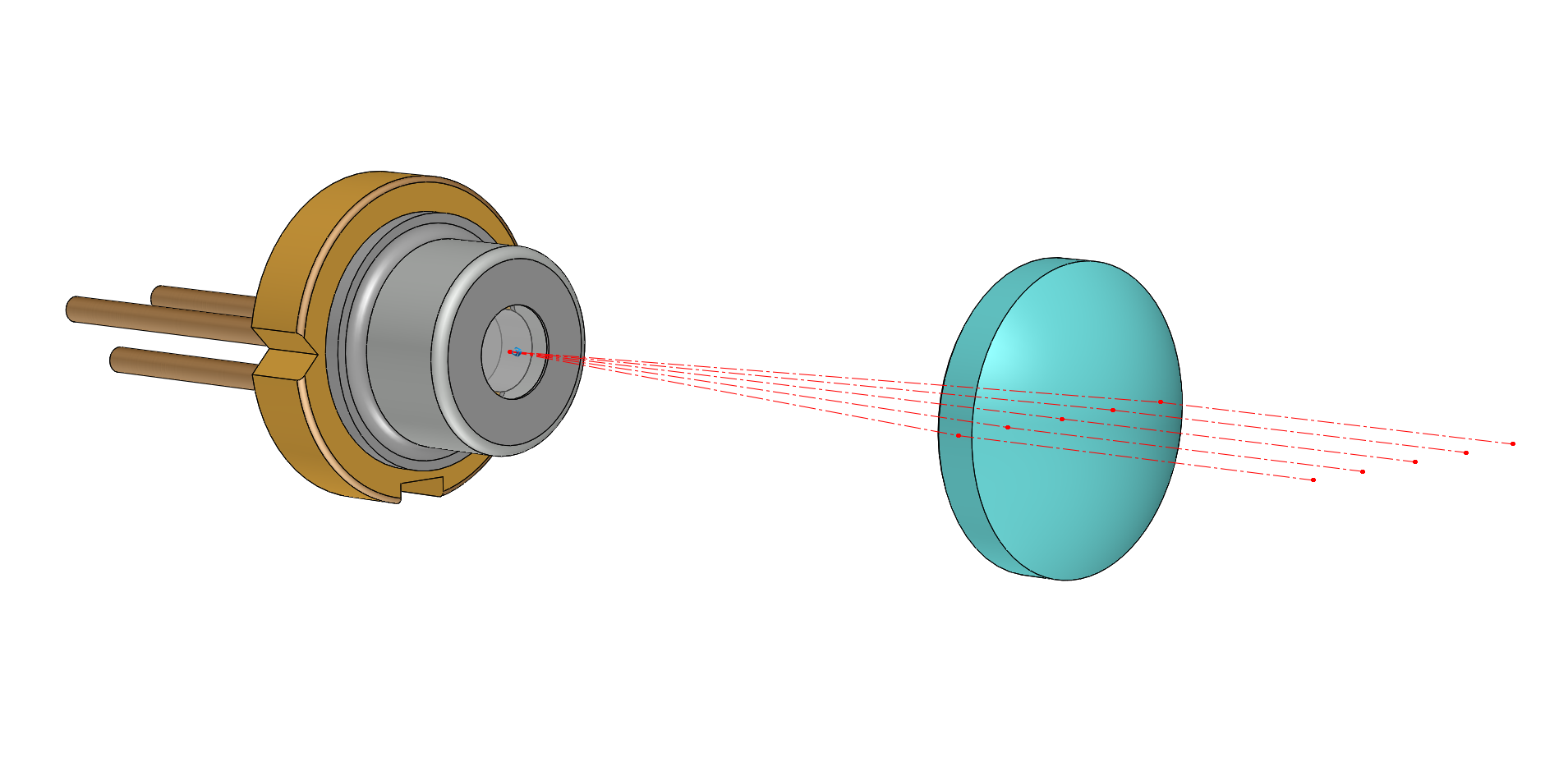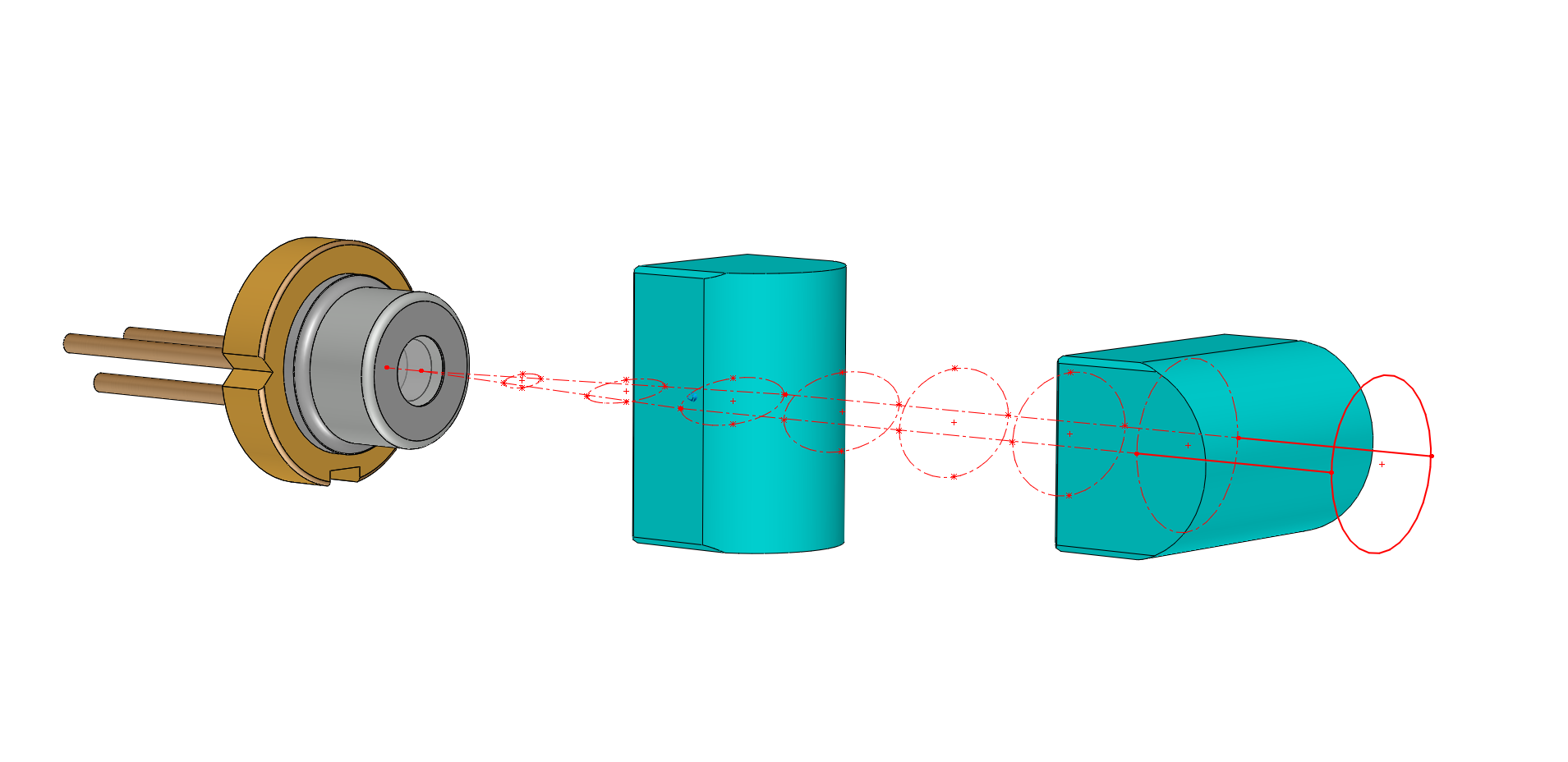Contents

Source: Integrated Optics
Laser Diode Collimation: A Comprehensive Guide
Introduction
Laser diodes emit diverging light due to their small emitting areas. To utilize this light effectively, it needs to be collimated into a beam. Different types of laser diode collimators have been developed to address the varying emission properties of laser diodes.
Collimators for Single-emitter Laser Diodes
Most laser diode collimators are designed for low-power single-emitter edge-emitting laser diodes. These collimators use aspheric lenses to collimate the beam and avoid spherical aberrations. Single-emitter laser diodes often exhibit different divergence in orthogonal directions, requiring specialized optics for collimation.
Collimators for Broad-area Emitters, Diode Bars and Diode Stacks
Broad-area laser diodes have larger emitting regions, leading to different beam qualities in orthogonal directions. Collimation for these diodes may involve fast axis collimation lenses or arrays of microlenses. Diode stacks utilize cylindrical microlenses for collimation in the slow direction.
Collimators for VCSELs and VCSEL Arrays
Vertical cavity surface-emitting lasers (VCSELs) are easily collimated using simple spherical lenses. VCSEL arrays may require microlens arrays for collimation. Mechanical stability is crucial in laser diode collimators to ensure consistent performance.
Mechanical Aspects
Laser diode collimators include mechanical components for fixing the position of optics and the diode itself. Some collimators are adjustable for fine-tuning the focus. Mechanical stability is vital to prevent beam pointing fluctuations due to temperature variations.
Conclusion
Collimating laser diode beams is essential for various applications, and a range of collimation techniques are available to suit different types of laser diodes. Understanding the principles of laser diode collimation is crucial for optimizing the performance of laser systems.

Source: Integrated Optics
Feel free to comment your thoughts.



